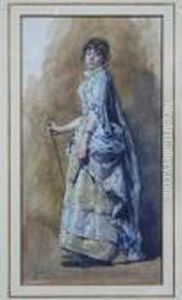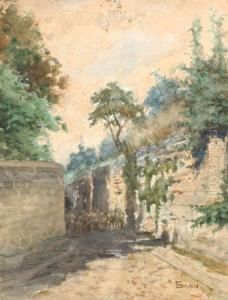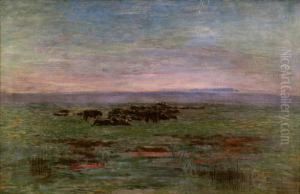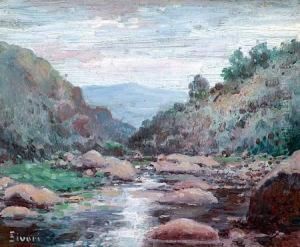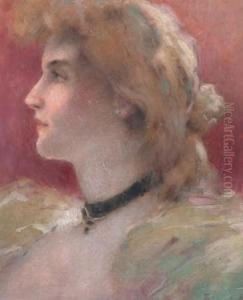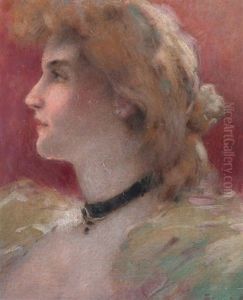Eduardo Sivori Paintings
Eduardo Sivori was a prominent Argentine painter, often hailed as a pioneer in the transition from the academic style to realism in Argentine art. Born on October 13, 1847, in Buenos Aires, Argentina, Sivori showed an early interest in art, which was nurtured and developed as he grew older. His initial training was at the Sociedad Estímulo de Bellas Artes in Buenos Aires, but his artistic journey took a significant turn when he traveled to Europe to further his studies. This period abroad, particularly in Paris, was transformative for Sivori, exposing him to the currents of realism and naturalism that were sweeping through European art at the time.
Upon returning to Argentina, Sivori became a key figure in introducing and advocating for these new artistic movements. His works often depicted scenes of everyday life, landscapes, and portraits, characterized by a keen observation of light, shadow, and form. Unlike the academic painters of his time, who favored idealized representations, Sivori’s realism sought to capture the world with honesty and without embellishment. This approach not only marked a departure from the prevailing norms of Argentine art but also laid the groundwork for future generations of artists in the country.
Throughout his career, Sivori was not just a practising artist but also an active member of the artistic community in Buenos Aires. He was involved in the establishment of the Sociedad Estímulo de Bellas Artes and played a crucial role in founding the Museo Nacional de Bellas Artes, demonstrating his commitment to the development of the arts in Argentina. His efforts in education and institution building were instrumental in nurturing a vibrant artistic scene in Buenos Aires and beyond.
Eduardo Sivori passed away on June 5, 1918, leaving behind a legacy that significantly influenced Argentine art. His works are celebrated for their contribution to the realism movement in Argentina and are held in high esteem, both nationally and internationally. Sivori’s dedication to portraying the genuine essence of his subjects has earned him a distinguished place in the annals of Argentine art history, making him a pivotal figure in the transition towards modern Argentine painting.
